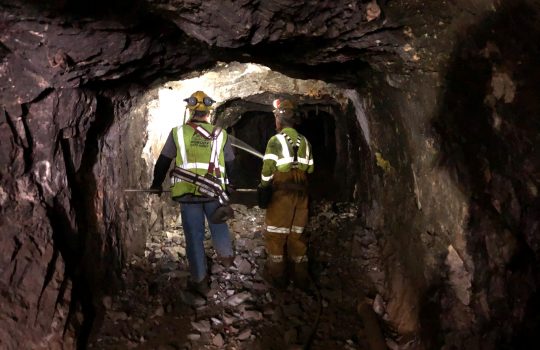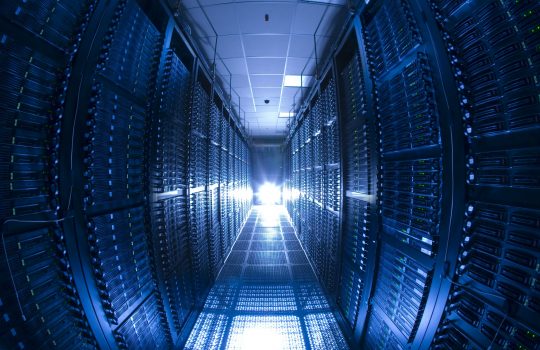Europeans decide on particle strategy
- Deep Underground Neutrino Experiment
- DUNE
- European Strategy for Particle Physics
- FCC
- Future Circular Collider
From Physics, July 2, 2020: Fermilab scientist Marcela Carena is quoted in this overview of the European Strategy for Particle Physics Update. The update outlines a number of current and future priorities, including international neutrino experiments such as the forthcoming Deep Underground Neutrino Experiment, hosted by Fermilab, and the High-Luminosity Large Hadron Collider. It also prioritizes a 100-kilometer circular collider.



